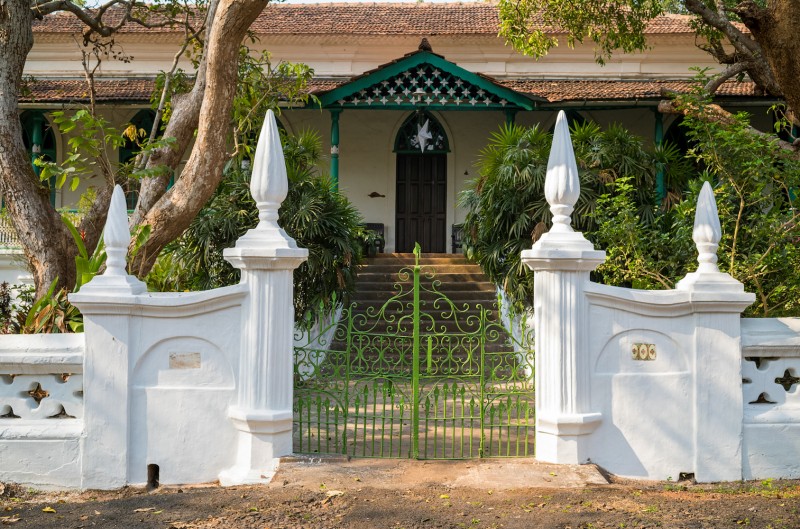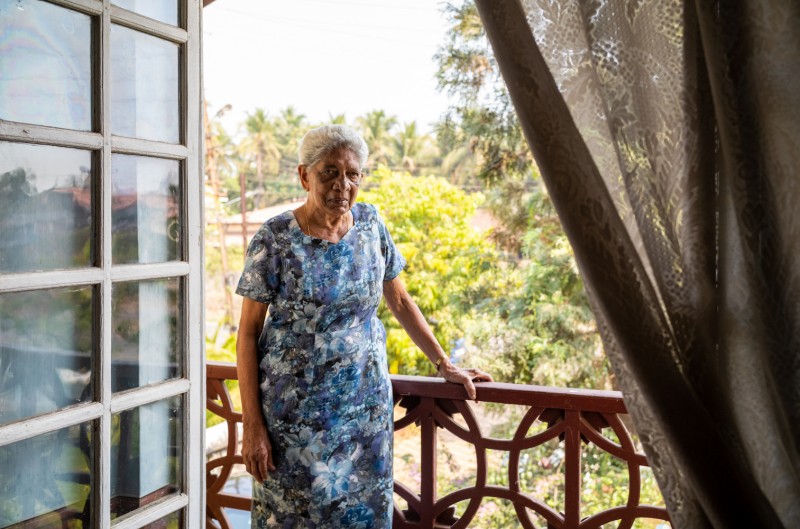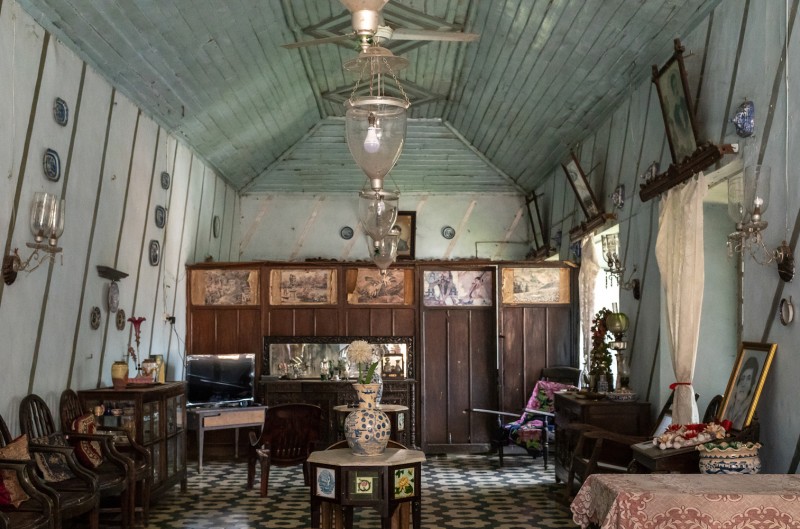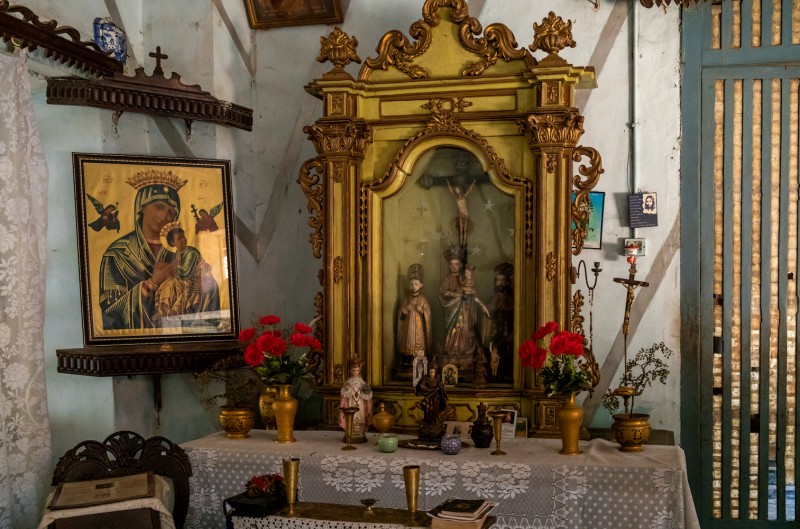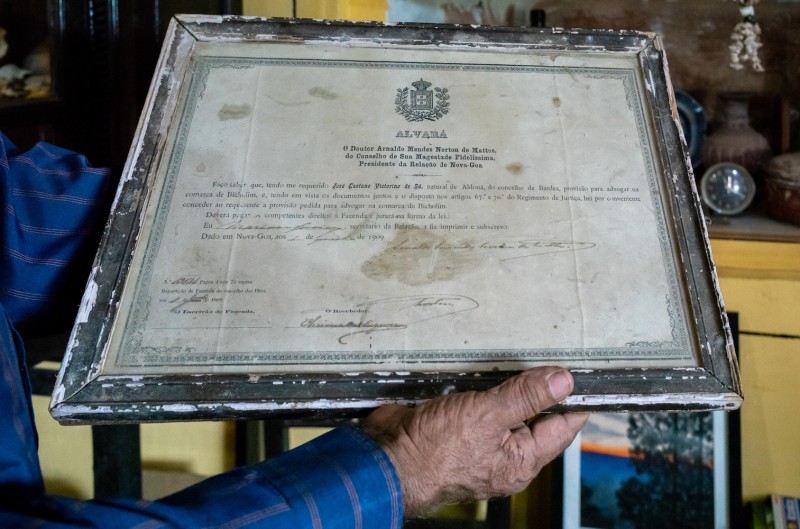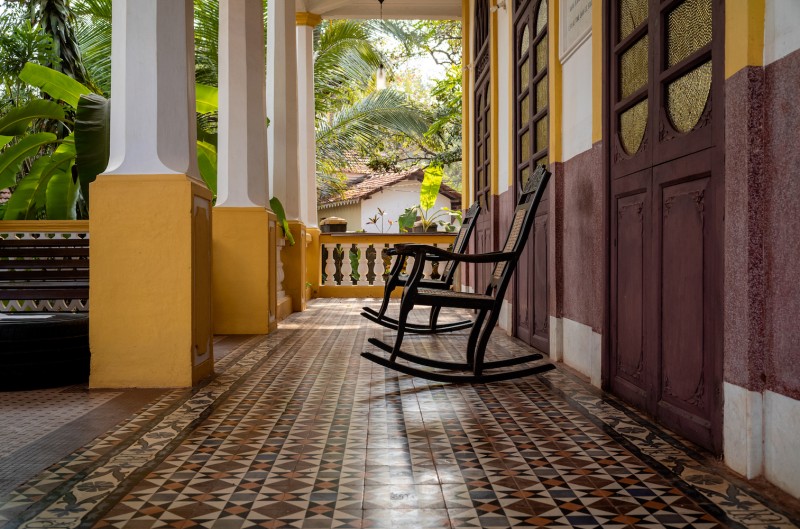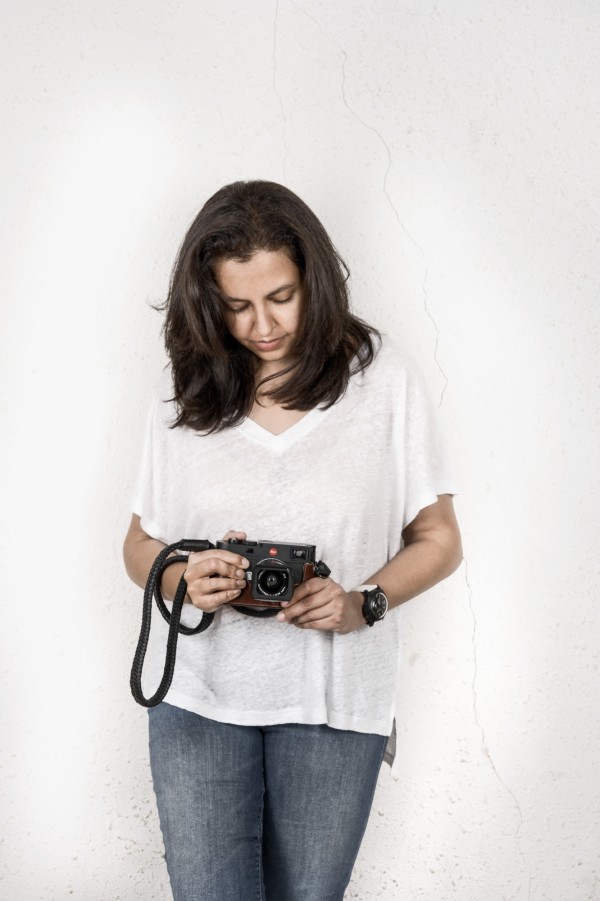Beyond the Balcão
Beyond the Balcão
Ulka Chauhan
October 8, 2021
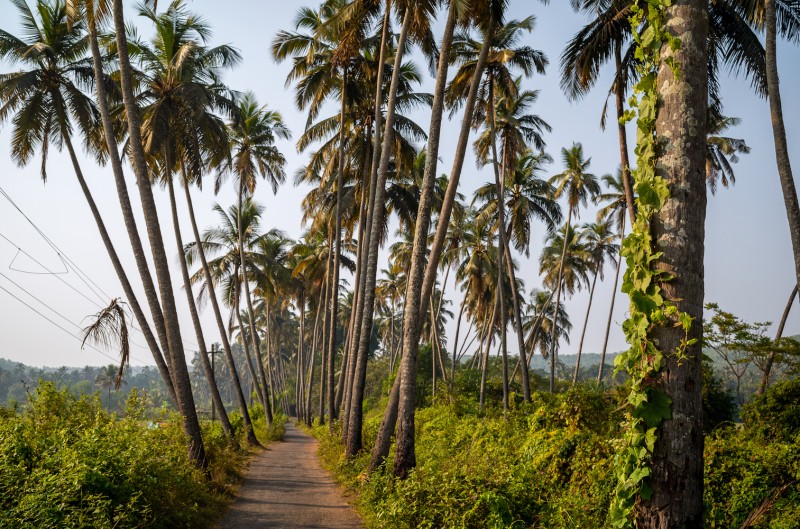
LFI: What was the initial idea/motivation behind your project Beyond the Balcão?
Ulka Chauhan: For the past several years, I've been living and working between the two vastly different worlds of India and Switzerland. Because of the constant commute between these two contrasting countries, I'm especially drawn to stories that capture the energy and tension of two opposites. My ongoing project, Beyond the Balcão, is a thematic exploration of the intersection of two distinct worlds. These portraits of the colonial Indo-Portuguese homes in Goa delve not just into the two worlds of India and Portugal but also examine the two worlds of the present and the past. Built when the Portuguese ruled Goa for over four centuries (from 1505 to 1961), the 100-500 year-old homes are not mere remnants of history. They are the current homes of their occupants and continue to function as the stage on which the rituals of daily life play out. Having stayed in the same family for generations, these ancestral homes are like majestic memory keepers, tangible evidence of times lived through.
Could you explain the title of your project?
The title of this story is inspired by the ubiquitous architectural feature of every Indo Portuguese home - the Balcão - a balcony connected to the front door overlooking the street. It is also a significant symbol of liberation and modernity. In the pre-colonial era, life was lived inwardly in accordance with tradition. The open spaces of each elite Hindu home centred around an inner courtyard. All living quarters opened into this central courtyard where the family would gather in privacy. With the arrival of the Portuguese and the adoption of Neo-Christianity, life began to be lived more openly and outwardly. This shift in perspective translated into a new architectural language. The inner courtyard feature in homes soon gave way to Balcãos overlooking the street. A space that is private yet public, alfresco yet sheltered, it soon became the place where the families would sit out to chat and exchange gossip with passers-by. The title Beyond the Balcão is a homage to this emblematic shift between the inner and outer worlds and to the transition between the present and the past.
You visited lots of Goan homes. How did you find the different locations? And how did the owners react when you told them about your project?
For this project, I worked in phases, in collaboration with a local fixer. The research phase was very important as I wanted to document homes not only in the capital city of Panjim, but also across various villages in North and South Goa. I also wanted to ensure that I had a diverse selection of homes in terms of their age and size. After narrowing it down to 10 homes and obtaining permissions to photograph them, I visited each of them multiple times. The owners were very proud to show me around and happily recollected stories from the past.
Some of the homes really look like museums! How did it feel like to go on this photographic time travel? What did the project teach you in the end?
Every feature in each home led me to a deeper understanding of time. From the mosaic tiles of the flooring to the chandeliers on the ceiling, from the faded and peeling paint on the walls to mismatched furniture and artefacts from foreign shores. All this tangible evidence of time bears witness not only to the larger historical, cultural and political moments that shaped Goa, but also stands as fragments of memories of the past generations of these families. I realised through this project the value of family heritage and how it shapes one’s personal identity. While tangible evidence such as these homes of the past may be altered in the future, photographs remain a powerful witness to the story of time. It is said that history can be written and re-written, but photo history of a person or a place cannot - an image remains etched in the frame of time forever.
Ulka Chauhan+-
Born in Mumbai, Ulka Chauhan studied in India, Switzerland and the US and holds a Bachelor’s degree in Business Administration with a major in Finance and Economics. Her passion for photography was triggered by a photo workshop in 2019. Since then her work has been featured in Leica blogs, as well as in several online arts and humanities and photography websites. She has participated in group exhibitions in Zürich and Mumbai in 2019 and 2020, while upcoming exhibitions include the Venice Photo Lab and Treviso Photographic Festival. She is an active member of the Swiss Street Collective and a co-editor of its blog. Her book, Two Worlds, is an exploration that contrasts and connects the linear and structured world of Switzerland and the cyclical and chaotic world of India. More

